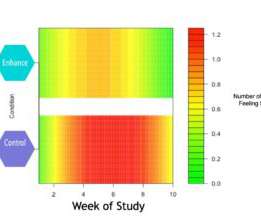Getting Better Outcomes from Posttraumatic Stress Disorder Treatments
Society of Clinical Psychology
JANUARY 10, 2020
Several effective treatments for posttraumatic stress disorder (PTSD) exist, yet nearly half of patients continue to have significant symptomatology after receiving them (e.g., Augmentation can include pharmacological treatments, psychological treatments, or novel or emerging treatments such as exercise, acupuncture, or art therapy.













Let's personalize your content